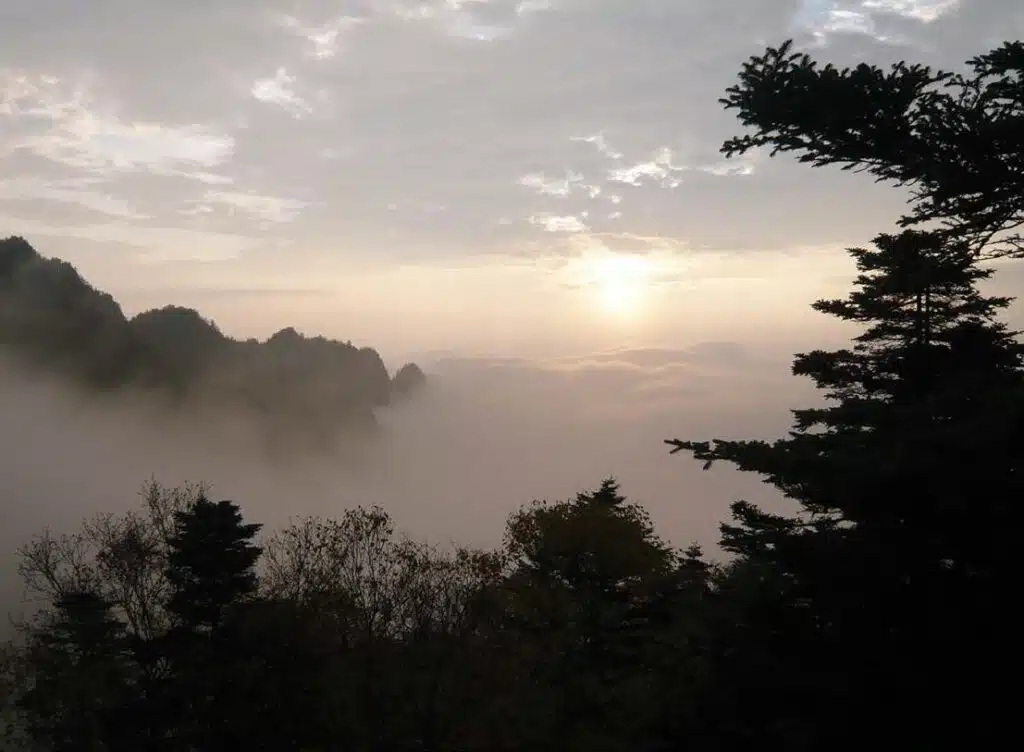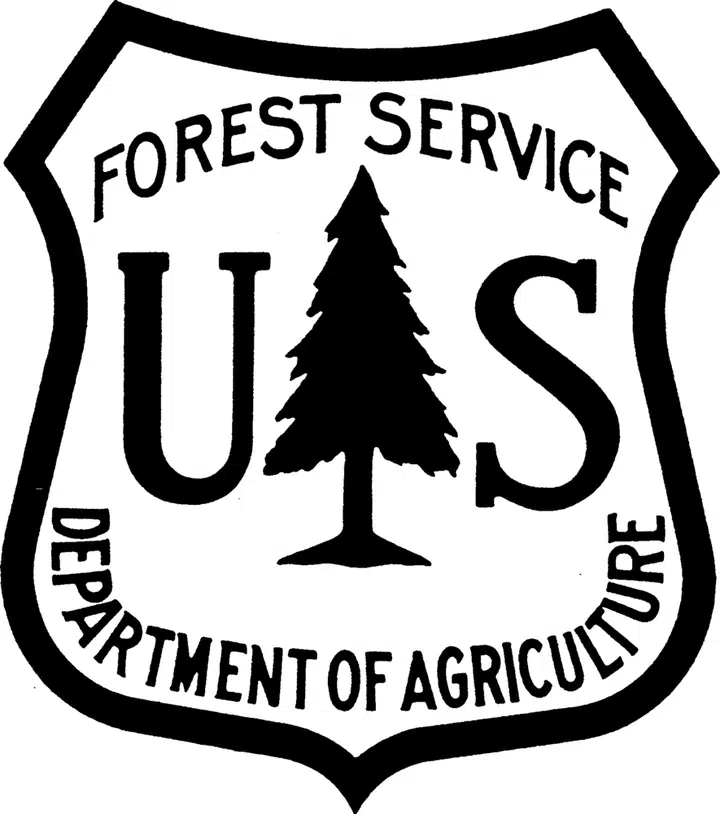
I’m about to embark on an exciting adventure to explore China, home to incredibly diverse deciduous forests that look remarkably like our own. Holden Forests & Gardens is a founding member of an organization called the North America China Plant Exploration Consortium (NACPEC). Started in 1991, today, nine North American public gardens and arboreta have collaborated with Chinese partners to plan explorations of the east Asian flora led in recent years by the Arnold Arboretum of Harvard University.

In the past, plants were readily collected, distributed and evaluated for horticultural purposes because of these expeditions. Today, the focus of NACPEC is changing as we focus on observation rather than collection, more completely engaging with our mission to conserve plants from around the world. But what is so interesting about plants from China?
The forests of China are remarkably similar to those in the Eastern United States, but, in general, are much more diverse. China’s deciduous forests are dominated by trees familiar in Ohio. Oaks, maples, ash, and pines are common sights.

Why the similarities? There are many theories, but in general, here is what I’ve learned. North America, Europe and Asia have been connected by various land bridges over the past 60 million years. All of these areas, at one time, perhaps had a similar flora. Disturbance and climate change caused many extinctions and significant change in the floras of western North America and Europe, but not in eastern North America and eastern Asia, which have remained markedly similar. Further disturbances like glaciation have reduced the number of genera and species in eastern North America, while the highest diversity has persisted for millions of years in China. This amazing diversity cements its status as a botanical wonderland for those that are interested in deciduous forest trees and plants.
Maple is an excellent example that shows the diversity of China’s plants that are similar to ours. There are approximately 13 maple species that occur in the whole of North America. In China, however, there are approximately 96 native maple species that occur across the country. This pattern repeats itself across the flora with the many genera of trees and wildflowers that occur in both places.
I can’t wait. Connor Ryan, Rhododendron Collections Manager, will be joining me as our group is hosted by colleagues from the China National Botanical Garden North and Zhejiang University. We’ll be traveling to see ancient ginkgos at Tianmu Shan, exploring the forests of Shennongjia, and hiking in the Qingling Mountains near Xi’an. We end our trip with a tour of the Beijing Botanical Garden, returning after Memorial Day.













